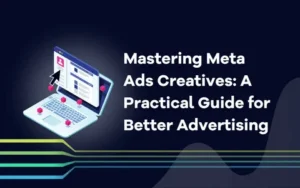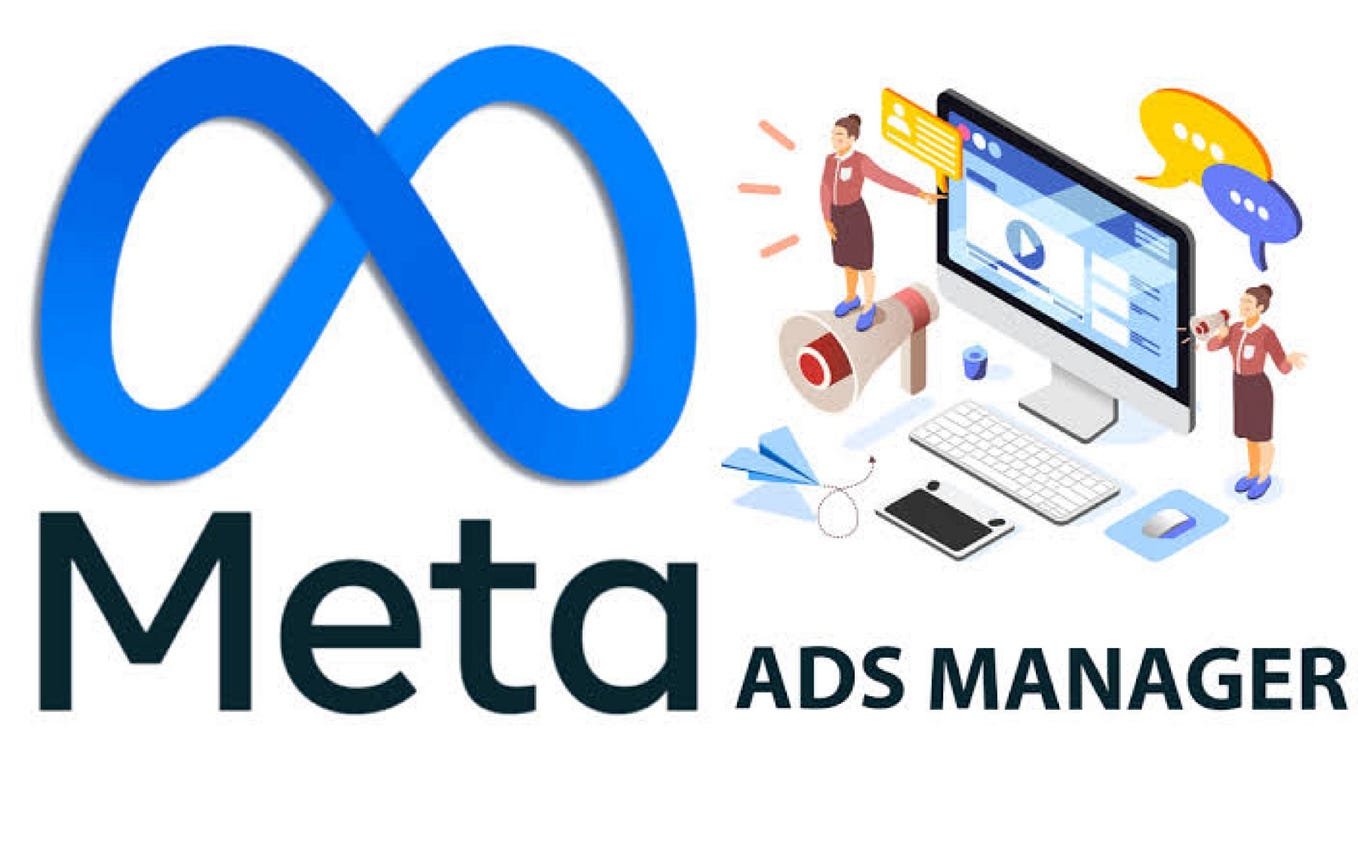Introduction
how to master Meta ads for small business:Meta Ads (formerly Facebook Ads) offer small businesses a powerful way to reach targeted audiences on platforms like Facebook and Instagram. However, many small business owners struggle to achieve a strong return on ad spend (ROAS) due to ineffective strategies, poor targeting, or lack of optimization. This guide breaks down the problem of mastering Meta Ads, identifies common causes of failure, outlines the consequences of inaction, and provides actionable steps to create successful campaigns. Real-world examples and prevention tips ensure you can implement and sustain an effective ad strategy.
Problem Breakdown: Why Mastering Meta Ads is Challenging
The challenge of mastering Meta Ads for small businesses can be broken into smaller components:
-
Defining Clear Objectives: Many businesses launch ads without specific goals, leading to wasted budgets and unclear outcomes.
-
Audience Targeting: Incorrect or overly broad targeting results in ads reaching the wrong people, reducing engagement and conversions.
-
Ad Creative and Copy: Poor-quality visuals, weak copy, or lack of a compelling call-to-action (CTA) fail to capture attention in crowded feeds.
-
Budget and Bidding Strategy: Mismanaging budgets or misunderstanding bidding options leads to overspending or underperforming campaigns.
-
Performance Tracking and Optimization: Failing to monitor key metrics or optimize campaigns in real time limits ROAS.
-
Platform Complexity: Meta Ads Manager can be overwhelming, with multiple dashboards, ad formats, and settings that confuse beginners.
Common Causes of Failure
Several factors contribute to ineffective Meta Ads campaigns:
-
Lack of Strategy: Running ads without aligning them to business goals or customer journeys.
-
Inadequate Audience Research: Not leveraging Meta’s targeting tools to define specific demographics, interests, or behaviors.
-
Low-Quality Creative: Using blurry images, lengthy text, or uninspiring CTAs that don’t resonate with audiences.
-
Poor Tracking Setup: Failing to implement Meta Pixel or Conversions API, which hinders data collection and retargeting.
-
Neglecting Testing: Not conducting A/B tests to identify high-performing ad variations.
-
Ignoring Optimization: Not adjusting campaigns based on performance metrics like click-through rate (CTR) or cost per acquisition (CPA).
Consequences of Not Addressing the Issue
Failing to master Meta Ads can have significant consequences for small businesses:
-
Wasted Budget: Spending money on ads that don’t convert erodes marketing funds, which are often limited for small businesses.
-
Lost Opportunities: Ineffective campaigns fail to reach potential customers, reducing brand visibility and sales.
-
Competitive Disadvantage: Competitors with optimized Meta Ads strategies capture market share, leaving your business behind.
-
Frustration and Burnout: Constantly tweaking underperforming ads without results can demotivate business owners.
-
Missed Customer Insights: Without proper tracking, businesses lose valuable data on customer behavior, hindering future marketing efforts.
Actionable Step-by-Step Instructions to Master Meta Ads
Follow these steps to create, manage, and optimize Meta Ads campaigns effectively:
Step 1: Define Clear Campaign Objectives
-
Action: Choose a specific goal aligned with your business needs, such as brand awareness, lead generation, or sales conversions.
-
How: In Meta Ads Manager, select an objective (e.g., “Conversions” for purchases, “Lead Generation” for form submissions).
-
Tools/Resources:
-
Meta Ads Manager: Guides you through objective selection.
-
SMART Goals Framework: Ensure goals are Specific, Measurable, Achievable, Relevant, and Time-bound (e.g., “Increase website sales by 20% in 3 months”).
-
-
Example: A local bakery sets a “Conversions” objective to drive online orders for custom cakes, targeting a 15% increase in sales over 2 months.
Step 2: Build a Targeted Audience
-
Action: Use Meta’s audience tools to define your ideal customer based on demographics, interests, behaviors, and past interactions.
-
How:
-
Create Custom Audiences from website visitors (via Meta Pixel), email lists, or app users.
-
Use Lookalike Audiences to target users similar to your best customers (1%-2% similarity for higher relevance).
-
Narrow audiences by interests (e.g., “yoga enthusiasts” for a fitness brand) or exclude irrelevant groups.
-
-
Tools/Resources:
-
Meta Pixel: Tracks website activity for audience building.
-
Meta Audience Insights: Analyzes audience demographics and interests.
-
-
Example: A pet store creates a Custom Audience of users who visited their “dog food” category and a Lookalike Audience to reach similar pet owners, resulting in a 25% increase in ad engagement.
Step 3: Craft Compelling Ad Creative and Copy
-
Action: Design visually appealing ads with concise, action-oriented copy.
-
How:
-
Use high-quality images or videos (9:16 for Stories, 1:1 for Feed).
-
Keep text minimal (under 20% of image) and use bold fonts.
-
Include a clear CTA (e.g., “Shop Now,” “Learn More”).
-
Leverage user-generated content (UGC) or testimonials for authenticity.
-
-
Tools/Resources:
-
Canva: Create professional visuals for free or low cost.
-
Meta Creative Hub: Test ad mock-ups and preview across devices.
-
-
Example: A coffee shop uses a short video of customers enjoying their drinks, paired with “Grab Your Coffee Today!” The ad achieves a 3x higher CTR than their previous image-based ad.
Step 4: Set a Realistic Budget and Bidding Strategy

-
Action: Allocate a budget that aligns with your goals and choose an appropriate bidding strategy.
-
How:
-
Start with a daily budget (e.g., $10-$50) to test campaigns.
-
Use Advantage+ Campaign Budget to let Meta allocate spend across ad sets for optimal results.
-
Opt for Highest Volume bidding for most campaigns, avoiding manual bidding unless testing specific strategies.
-
-
Tools/Resources:
-
Meta Ads Manager: Offers budget and bidding options.
-
HubSpot’s Ad Budget Calculator: Estimates campaign costs.
-
-
Example: A boutique clothing store sets a $20 daily budget for a week-long campaign, using Advantage+ to optimize for conversions, reducing CPA by 18%.
Step 5: Implement Tracking and Analytics
-
Action: Set up tracking to monitor performance and enable retargeting.
-
How:
-
Install Meta Pixel on your website to track actions (e.g., purchases, add-to-cart).
-
Use Conversions API for server-side tracking, especially for iOS users.
-
Monitor KPIs like CTR, CPC, CPA, and ROAS in Meta Ads Manager.
-
-
Tools/Resources:
-
Meta Pixel Helper: Chrome extension to verify Pixel setup.
-
Improvado: Integrates Meta data with other platforms for holistic insights.
-
-
Example: An online retailer implements Meta Pixel and sees a 19% boost in conversions by retargeting users who abandoned their carts.
Step 6: Test and Optimize Continuously
-
Action: Run A/B tests and adjust campaigns based on performance data.
-
How:
-
Test one variable at a time (e.g., ad copy, visuals, or audience segments).
-
Use Meta’s A/B testing tool to compare ad variations.
-
Scale high-performing ads and pause underperformers.
-
-
Tools/Resources:
-
Meta Ads Manager: Built-in A/B testing feature.
-
Google Analytics: Tracks landing page performance.
-
-
Example: A fitness studio tests two ad headlines: “Join Our Gym Today!” vs. “Get Fit with Our Free Trial!” The latter increases sign-ups by 40%, so they scale it.
Step 7: Leverage Automation and AI Tools
-
Action: Use Meta’s AI-powered tools to streamline and enhance campaigns.
-
How:
-
Enable Advantage+ Placements to let Meta choose optimal ad placements.
-
Use Advantage+ Creative to auto-optimize visuals and text.
-
Implement Dynamic Ads for e-commerce to show personalized products.
-
-
Tools/Resources:
-
Meta Advantage Suite: Automates targeting, placements, and creative.
-
LeadsBridge: Syncs lead data with CRMs for real-time follow-ups.
-
-
Example: A jewelry store uses Dynamic Ads to show products viewed by users, increasing conversions by 35% compared to static ads.
Case Study: How a Small Bakery Mastered Meta Ads
Business: Sweet Treats Bakery, a local business with a limited marketing budget. Challenge: Struggling to drive online orders for custom cakes, with a high CPA ($15) and low ROAS (1.5x). Solution:
-
Objective: Set a “Conversions” goal to drive online orders.
-
Audience: Created a Custom Audience of website visitors and a 1% Lookalike Audience of past buyers.
-
Creative: Used a 15-second video of happy customers with a “Order Your Custom Cake Now!” CTA.
-
Budget: Allocated $30/day using Advantage+ Campaign Budget.
-
Tracking: Installed Meta Pixel to track purchases and retarget cart abandoners.
-
Optimization: Ran A/B tests on ad visuals, scaling the top performer (a video with bright colors). Results: Reduced CPA to $8, increased ROAS to 3x, and boosted monthly online orders by 25% within 2 months.
Prevention Tips for Sustained Success
To avoid common pitfalls and maintain effective Meta Ads campaigns:
-
Stay Updated: Follow Meta’s official blog and join webinars to learn about new features and trends.
-
Refresh Creatives: Update ad visuals and copy every 4-6 weeks to prevent ad fatigue.
-
Monitor Competitors: Use Meta Ad Library to analyze competitors’ ads for inspiration.
-
Sync with CRM: Integrate Meta Ads with tools like HubSpot or LeadsBridge for seamless lead management.
-
Budget Flexibility: Schedule budget increases for high-traffic days (e.g., holidays) to maximize reach.
-
Test Regularly: Conduct A/B tests monthly to identify new opportunities for improvement.
Next Steps and Call to Action
To master Meta Ads and drive results for your small business, take these immediate steps:
-
Set Up Meta Ads Manager: Create an account and install Meta Pixel on your website today.
-
Start Small: Launch a test campaign with a $10-$20 daily budget to learn what works.
-
Analyze and Iterate: Review performance metrics after 7 days and optimize based on data.
-
Seek Resources: Explore Meta’s Blueprint courses or Shopify’s Meta Ads guide for free training.
-
Act Now: Don’t let competitors outpace you—start your first campaign this week to build momentum.
By implementing these strategies, you can turn Meta Ads into a powerful tool for growth. Begin today to maximize your ad budget and connect with your ideal customers!
